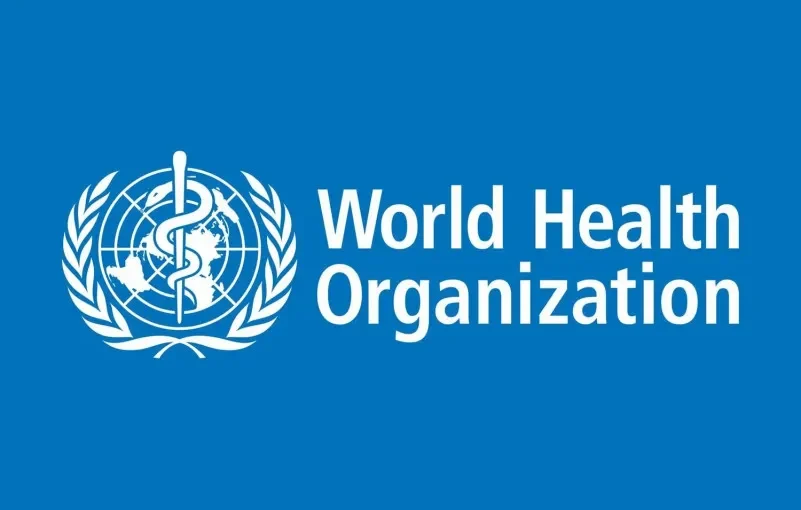If Europe wants to save its health systems money, it better get moving — literally.
Europeans’ lack of physical activity is costing EU countries a whopping €8 billion per year, according to a report out Friday by the World Health Organization (WHO) and the Organisation for Economic Co-operation and Development (OECD).
The state of play? It’s not looking good.
More than a third of adults in the bloc don’t meet the WHO’s physical activity guidelines, which are to score at least 150 minutes of moderate intensity physical activity per week, say the authors. And nearly half of the respondents to the latest Eurobarometer public opinion survey, included in the WHO report, said they never exercise or play a sport.
And the COVID-19 pandemic didn’t exactly help the situation, with more than half of adults reporting that their frequency of physical activity had gone down.
“The report provides evidence that investing in policies that promote physical activity not only improves individual well-being and population health, but also pays economic dividends,” said WHO regional director for Europe, Hans Kluge, in a press release accompanying the report.
“Every euro invested in physical activity generates an almost two-fold return of 1.7 euros in economic benefits,” he said.
But meeting those guidelines isn’t just about saving money — it’s also, crucially, about saving lives.
Getting moving could prevent more than 10,000 premature deaths in the EU every year, the authors write.
Their analysis also finds that if everyone were to follow their recommended activity guidelines, it would prevent 11.5 million new cases of non-communicable diseases by 2050 in the bloc, including 3.8 million cases of cardiovascular diseases, nearly 1 million cases of type 2 diabetes and more than 400,000 cases of various cancers. And given the benefits of exercise to mental health, it would also prevent 3.5 million cases of depression also by 2050.
But physical inactivity levels don’t look the same across the bloc.
“Insufficient physical activity was particularly prevalent in some Southern European countries, while less frequent in Nordic countries,” the report states.
The clear front-runner? Finland. The country with the long, cold winters recorded the lowest prevalence of insufficient activity, followed by Sweden. And at the other end of the spectrum, with the highest prevalence of insufficient activity sits sunny Portugal, followed by Germany, Cyprus and Italy.
But EU leaders need not break into a cold sweat over the costs of inactivity just yet — the report offers recommendations on how to boost both health and coffers.
This includes a range of policy options, such as promoting active transport to and from work or school; investing in sports infrastructure and providing funding for local sports clubs; and investing in cycling lanes or public transport and increasing parks, trails and green spaces.
And if the number of euros and Europeans saved isn’t sufficiently convincing, the authors also point to the fact that a healthier population also translates into a bigger, more productive workforce.
Source: Politico


